Kevin Armstrong - Interview
by Lisa Torem
published: 11 / 3 / 2019
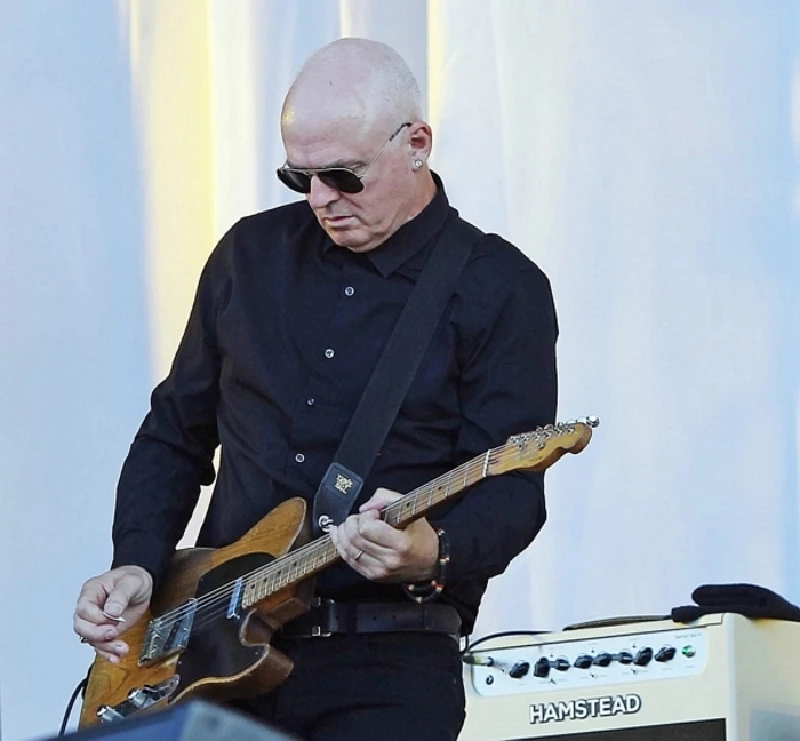
intro
British guitarist/songwriter/producer Kevin Armstrong’s new album, ‘Run’ is rife with exciting tracks. He talks about the new release as well as working with legends such as Brian Eno, David Bowie and Iggy Pop.
Always in-demand, British guitarist Kevin Armstrong’s impressive CV includes recording on Thomas Dolby’s debut and follow-up album, cavorting with David Bowie on the ‘Absolute Beginners’ sound track, performing with Bowie at Live Aid, serving as the fifth member of Tin Machine in 1989 and co-writing the title track of the futuristic ‘Outside’ album. In addition, Armstrong has co-written with Morrissey and played guitar on ‘Bona Drag’. As producer, he was responsible for Leziah Jones’s debut, ‘Blufunk’ and between 2004-20013, he produced three additional albums. Heavy touring has consistently been a hallmark: in 2007, as guitarist for Sinead O’Connor’s world tour; five years later with Thomas Dolby, and in 2015/2016, Armstrong assembled and took charge of Iggy Pop’s touring band for another global thrill-fest. That said, his alliance with the punk elder statesman began far earlier. Armstrong provided exceptional guitar on ‘Blah Blah Blah’ (1986) and served as musical director for Pop’s tour which began in that same year and extended to the next. Not surprisingly, their professional relationship continues--Armstrong is currently playing guitar and lending a hand as musical director on Iggy’s current tour as well. In his first Pennyblackmusic interview, Kevin Armstrong demystifies his broad, early influences and the material on his much-awaited, new release, ‘Run,’ relives his awe-inspiring performance with David Bowie at Live Aid and so much more… PB: You come from a musical family and became a professional musician when still a teen. Were you influenced by the specific musical tastes of your family members? KA: Well, my Dad played a lot of old Dixieland 78s that he got from an uncle so a bit of Jelly Roll Morton and Bix Beiderbecke was going in, and then my mum had Tom Lehrer records. He’s the amazing songwriter and pianist who was a Harvard professor and took to writing lyrically perfect comedy songs. Mum also played classical piano so I was hearing Chopin and Beethoven from an early age, too. My late brother, who was only a year my junior, had a Bowie fixation, too, and also listened to some prog-rock bands like Yes and King Crimson, so of course you soak up a bit of what’s in your environment. PB: Your latest album, Run, offers a lot of variety. I’m sure listener opinions will vary, but here’s my take: ‘Run’ has shades of ‘The Man Who Sold the World,’ ‘Where Does the Time Go’ and ‘Clean’ bank on a Calypso beat, ‘Dog Ate my Giro’ in contrast, has an acid rock vibe, ‘On Beachy Head,’ could have been played by Robert Johnson at the crossroads and ‘Feel This Jones’ has potential as a Broadway showstopper. In other words, ‘Run’ encapsulated a multitude of textures and moods. KA: Hmm, calypso, I’m not sure about, but if it’s what you hear, then who am I to argue? I like the fact that you’re hearing different influences like the ones you mention because I’m not overtly conscious of them when making music. I suppose you just do what seems right for a particular song. I have a lot of other material in various states of progress so my song choices for this album were partly because I thought they hung together thematically and complimented each other. There wasn’t a specific intention to make them vary wildly. They just seemed to encapsulate how I feel about life now and fit together somehow. PB: At what point in your career did you feel confident that you could switch gears in this way? How long did it take to compose, arrange and record the tracks? KA: I don’t see it as ‘switching gears’. It’s all just doing what comes naturally to me. My life in music has meant that I have always worn different hats: guitar player, producer, songwriter, band leader, etc. I started out as am artist before working as a guitarist for others so, although it’s a long circuit, it doesn’t seem strange to pick up that ball again now. In fact, I’m more surefooted now in what I want to express, being older and less worried about ‘impressing’ people.’ This album has been eight years in progress but I didn’t know it was going to be an album at all when I began to write these songs. I did about half of it in the last year but some of the writing, ‘RUN’ itself, for instance, is nearly forty-years old! PB: From Sir Paul McCartney to Morrissey, you’ve graced the stage with many legends. Is there an inherent challenge in working with a major player? KA: Mostly it’s about being aware of what they’re after and making sure you don’t fuck up, ha ha. Actually, I’m better now at appreciating just how fragile a position one is in when accompanying a major artist. You always need them more than they need you, so you’d better keep your ears open and be ready to listen at all times. Sometimes you’ll hear things that seem crazy to you but you must remember, they didn’t get where they are without knowing something. There’s always something to be learned from great artists like Bowie or Iggy. PB: On your website, there is a video of Iggy Pop singing ‘Gardenia’ at a concert in Bari, Italy. You are working with Iggy for the second time. As a showman, Iggy appears to be fairly unpredictable, whether that means falling into a mosh pit of his own making or baring his chest and grabbing the outstretched hands of hysterical girls. How do you keep your concentration with such antics going on around you? KA: The key phrase in your question is ‘appears to be’. Most, if not all the chaos at an Iggy show, comes from the audience reacting to very conscious provocation from him. He knows exactly what he’s doing when he throws something, or swings on something, or dives off something. It’s not exactly predictable, but make no mistake, he is a consummate showman and thinks carefully about what he does. That said, there are situations that could be potentially dangerous when people invade the stage or things fly around. We have a very experienced crew of people who make sure that people don’t get hurt. Mostly it’s really fun when shit kicks off. I don’t have a problem playing through that unless I’m being actually physically obstructed which is very rare. We laugh about it. PB: You first worked with David Bowie at Abbey Road Studios in the mid-1980s. Was he using the famed cut and paste method of lyric writing at that time? Did you find him to be demanding or conciliatory as far as working in the studio? KA: David was always very easy to work with. He worked quickly and spontaneously and always seemed to value the contribution that his musicians made. I didn’t see him using a cut and paste method even though I did help him move the song ‘Absolute Beginners’ along towards a finished piece. He did have some lyrics already but I didn’t see him writing them other than on the back of a fag packet PB: In 1995, you co-wrote the song ‘Outside’ with Bowie during a particularly experimental period in his career. In part, Bowie described the album’s theme as reflecting a “fragmentation of society” and about the creative process, he offered, “the great artists know where to stop.” That said, the theme song certainly projects an ethereal beauty. Three questions: -How did you come up with your part of the arrangement? -Did you work with Bowie in the same room at the same time or did you work independently and then combine forces? -When arranging, how do you know ‘where to stop’? KA: My part of ‘Outside’ was from a song I wrote in 1981 called ‘Love Is Essential’ which I recorded for myself on the album ‘New Opium’ and was also covered by The Passions on their album ‘Sanctuary’ in 1983. I was playing it onstage at a Tin Machine sound check and Bowie approached me and said he liked it and, could he rework it into something? We did work it out with Tin Machine as a song called ‘Now’ and even played at a couple of gigs. He must have taken a snapshot of that and worked on his own because the next thing I heard of it was that he had called it ‘Outside’ and it was to be the title track of a new album. As for ‘knowing where to stop,’ it’s an age-old question. I don’t have a good answer except to say that you go with your gut feeling. After a while you get used to something being a certain way and it’s OK, or you might suddenly try one more thing and it really adds or completes something. My rule of thumb is that if nothing you try adds anything new then it’s probably finished. PB: You also added guitar on ‘Thru’ These Architect’s Eyes.’ This story seems to have the same kind of dystopic underbelly as the material on ‘Diamond Dogs’. Did you use any special effects to create your part? KA: That was interesting because it was the first time I met Brian Eno. Five minutes after being introduced to him I found myself standing next to him at the console with a guitar round my neck and being asked to play along to ‘Architects’ without ever having heard it before with Bowie looking on. Eno manipulated the sound of my guitar with a multi-harmonizer as I was playing and my first impressions were what ended up on the record, so it was a collaborative effort between Brian Eno and me, really. I was a bit confused as to what was going on at first but I guess that Bowie and Eno’s method of working fitted in with the whole experimental ethos of that record. They wanted to capture the moment of discovery and mess with it at the same time. That was the last session I did with Bowie but I have since become friends with Brian and we still meet up. PB: You performed at Live Aid with Bowie. Did the audience size freak you out or inspire you? KA: It inspired definitely and I was a little freaked out, too! It felt like we were all doing something together in that stadium that day. It was the most extraordinary energy I’ve ever felt at a gig actually. You do get a sense of what a crowd is giving off at those big events. I’ve since done a lot of shows where there are tens of thousands present but that was my first and, in some ways, best experience of them. It will always be the biggest gig in history, I reckon. PB: Regarding being on the road: Imagine that your favorite guitar had legs. Where would it go after hours? KA: My guitar would go to a dark and warm nightclub with whisky on tap and many interesting women to talk to. It would behave disgracefully and wake up with an ugly hangover and a huge guilt complex. I would give it a good talking to about the error of its ways and it would promise me never to do it again… Until the next time. PB: What’s in store for the rest of 2019? KA: Well, I have dates with Iggy Pop in Australia (The Sydney Opera House) and some European festivals throughout the summer and then I have a project planned with the incredible Mike Garson for November. I also intend to start work on another album and I’m doing some one-man shows in between, too. I have an album launch on May 5th at The Lexington in London. My 40-year career doesn’t look like it’s slowing down just yet so it’s another year of total immersion in music. PB: Thank you.
Band Links:-
https://www.facebook.com/KevinGuitarX/https://twitter.com/kevarmst
Play in YouTube:-
Picture Gallery:-
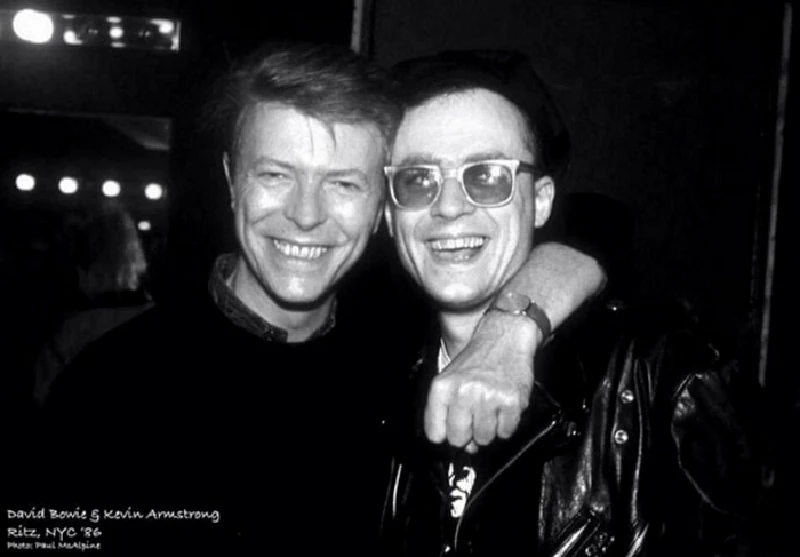
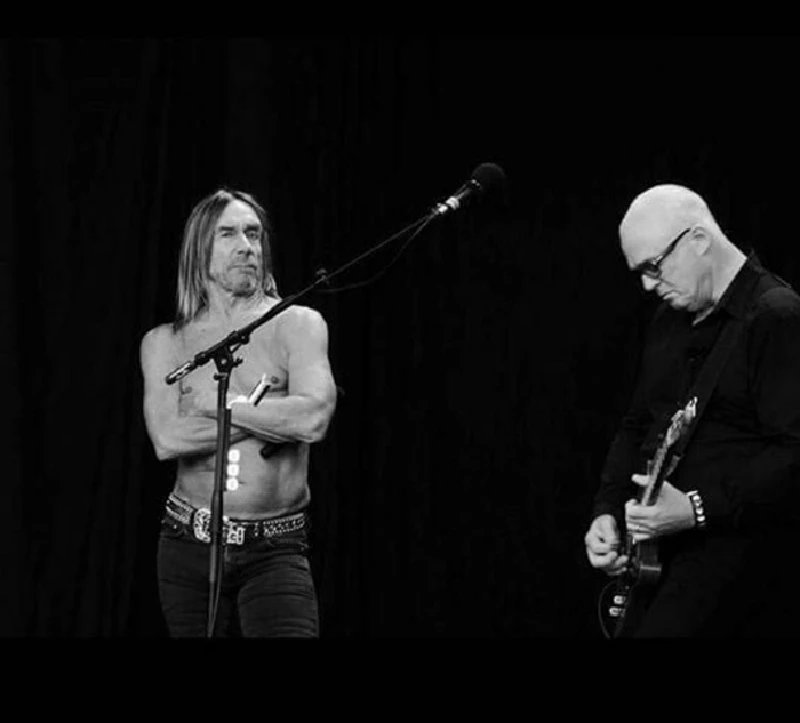
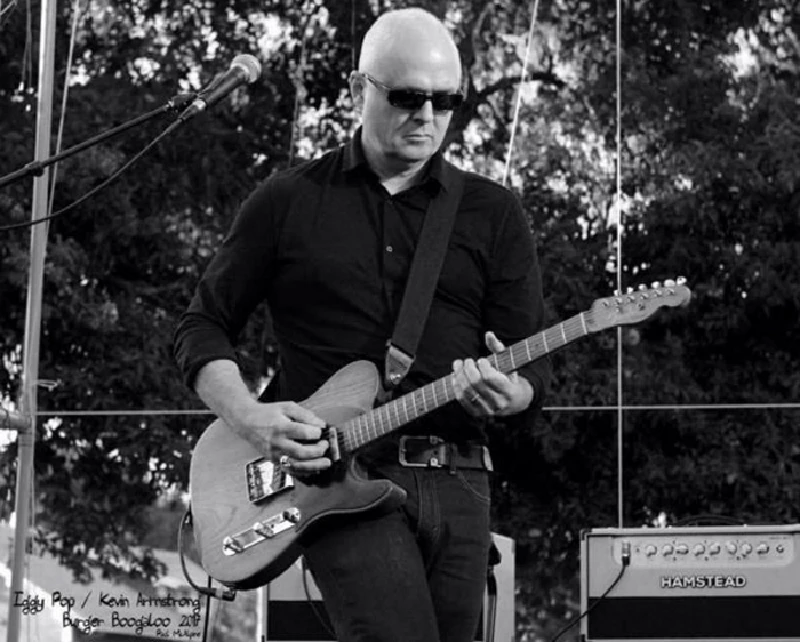
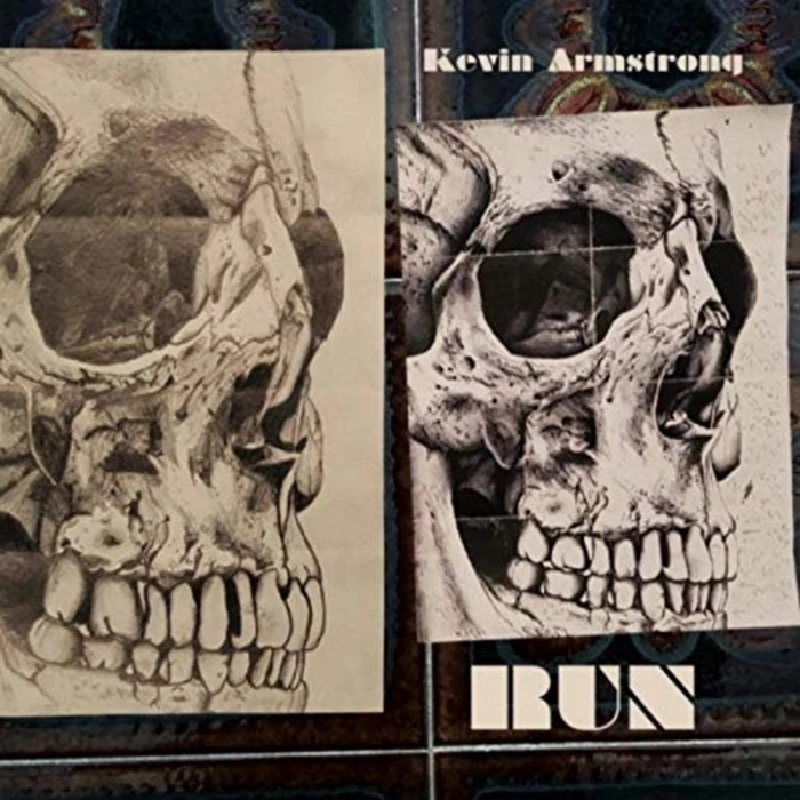
reviews |
|
Run (2019) |
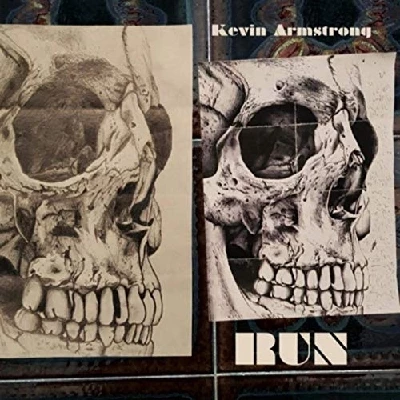
|
| Impressive solo album from British guitarist/songwriter Kevin Armstrong who has worked with Paul McCartney, David Bowie, Morrissey and Iggy Pop |
most viewed articles
current edition
Carl Ewens - David Bowie 1964 to 1982 On Track: Every Album, Every SongArmory Show - Interview with Richard Jobson
Bathers - Photoscapes 1
Colin Blunstone - Thalia Hall, Chicago, 16/7/2025
Visor Fest - Valencia, Spain, 26/9/2025...27/9/2025
Billie Eilish - O2 Arena, London, 10/7/2025
Robert Forster - Interview
Loft - Interview
John McKay - Interview
Editorial - July 2025
previous editions
Heavenly - P.U.N.K. Girl EPManic Street Preachers - (Gig of a Lifetime) Millennium Stadium, Cardiff, December 1999
Oasis - Oasis, Earl's Court, London, 1995
Trudie Myerscough-Harris - Interview
Beautiful South - Ten Songs That Made Me Love...
Pixies - Ten Songs That Made Me Love...
Prolapse - Interview
Doris Brendel - Interview
Simon Heavisides - Destiny Stopped Screaming: The Life and Times of Adrian Borland
Paul Clerehugh - Interview
most viewed reviews
current edition
Amy Macdonald - Is This What You've Been Waiting For?Sick Man of Europe - The Sick Man of Europe
Alice Cooper - The Revenge of Alice Cooper
Phew, Erika Kobayashi,, Dieter Moebius - Radium Girls
Davey Woodward - Mumbo in the Jumbo
Lucy Spraggan - Other Sides of the Moon
Blueboy - 2
Cynthia Erivo - I Forgive You
Philip Jeays - Victoria
Lapsley - I'm a Hurricane, I'm a Woman In Love
Pennyblackmusic Regular Contributors
Adrian Janes
Amanda J. Window
Andrew Twambley
Anthony Dhanendran
Benjamin Howarth
Cila Warncke
Daniel Cressey
Darren Aston
Dastardly
Dave Goodwin
Denzil Watson
Dominic B. Simpson
Eoghan Lyng
Fiona Hutchings
Harry Sherriff
Helen Tipping
Jamie Rowland
John Clarkson
Julie Cruickshank
Kimberly Bright
Lisa Torem
Maarten Schiethart